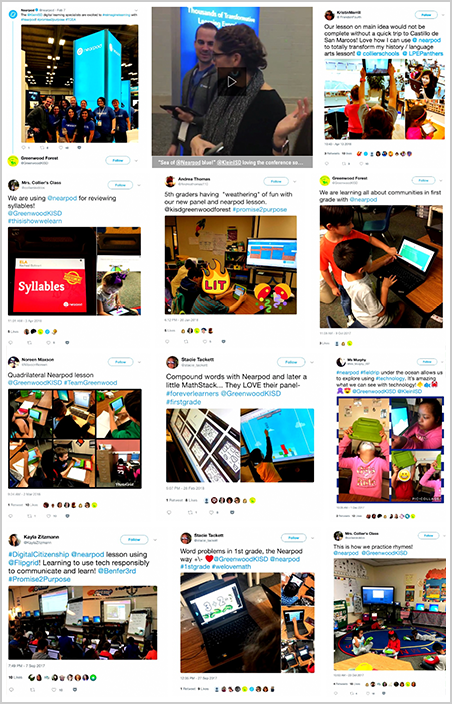The success of startups is often tied to the success of their customers. And in many ways, the customer journey should be predictable: you know what their priorities and pain points are, and how your products and services can help.
Yet customers’ requests also vary, and it’s tempting to tailor your services to make them happy. Knowing how to weigh the needs of individual customers against broader company objectives can be tricky, and this delicate balancing act is at the core of building out a successful customer success operation.
Earlier this month, we welcomed Brittany Lin, VP of Sales Operations & Partner Development at Honor, to share her experience, lessons learned, and tips for setting up a customer success team. This session was part of our Reach Capital AMA, a recurring workshop series to help portfolio founders accelerate and scale their businesses. Below are selected highlights from the conversation, condensed and edited for clarity.
Things to Consider When Structuring Your Customer Success Team
The first questions to align on are: What game are we playing and how do we keep score? Another way of saying this is: What are you optimizing for and what are the success metrics you will measure?
To win the game, you must understand your customers’ goals and their alignment with your company’s goals. That is, are you looking to drive growth in adoption, logins, or new users, and are you prioritizing for certain cohorts, geographies, or customer types? How important are satisfied customers and NPS scores as you think about referrals and renewals?
Answering those questions will help you make short-term decisions with a long-term perspective in mind.
Next, every game has trade-offs. What trade-offs need to be made when metrics are in opposition (e.g., growth vs. margin, scale vs. satisfaction)? It’s not uncommon for early-stage startups to make exceptions for clients to keep them satisfied. Serviced well, early customers become happy, long-term partners who can be important references for new clients down the road.
You can do that for the first few customers, but that doesn’t scale. As your company grows, the need to hit growth and margin targets will limit how much you can customize your offerings. This is where you need to create a system to personalize scale.
For which decisions will you hold a firm line versus making an exception? And who will be the decision maker? Customer success is a cross-functional service that spans different teams and departments. When you do make exceptions, who makes that call? It helps to have one person who is in charge and to make sure that the processes are communicated across all teams that interact with the customer. If it doesn’t get communicated well, you risk compromising a seamless customer experience.
Making exceptions can also set unrealistic expectations. Customers may be led to believe that they can reach everyone across your company, and that can be a very expensive endeavor.
There will inevitably be escalations. How will escalations work? Making exceptions to make customers happy is unavoidable. But also know that you can’t make everyone happy. It’s important to build out a system for how you handle escalations and classify different types of customer requests — which ones are red hot, versus those that are less of an emergency — and your timeline for resolving them.
To win the game, you need a strong team. What ongoing training and development will your team need? There are three core categories:
- Communications: How do you speak differently to different audiences, or customers of different sizes? Making sure that you are pulling on their heart strings in different ways.
- Analytics: Your team should know what metrics matter and ways in which your product or service empowers customers to make decisions themselves.
- Operations: Your customer success rep needs to be the source of truth for the customer. That means knowing the business and product inside and out, as well as the contracts and sales cycles so that they know what kinds of interactions the customers have already had with your colleagues, and what expectations have been set.
Learnings
Customer success is people-focused and personal. But it also needs to be scalable. This is a hearts-and-minds business, and customers want to feel heard and understood. But you can’t do it the same way for every customer, so having a consistent process and setting expectations for what can be done is important.
Know your customer’s emotional journey: Customer success is a predictable emotional journey. Emotions impact how they feel if and when they sign a contract or provide a positive reference call. We know that people get cold feet right before signing a contract. We know people get nervous the day before they give their first orientation to their team about your product. Know what to anticipate and how to respond at the right moment.
Focus on metrics that matter to the customer for data-driven conversations. When you are reviewing your business with customers, lead with talking about the metrics that matter to them. Acknowledge their priorities, then focus them on the aligned goals and metrics that were laid out in the contract and previous meetings.
Trying to be everything to everyone is not a recipe for long-term success. Communication with customers should be intentional, transparent, and deliberate. As you set up your communication system, it should prioritize two things: 1) set customer expectations; and 2) allow your team to slow down to speed up (to make space before each client interaction). This is important as your team decides for whom and when to bend over backwards and when to keep with company policy.
Customer success depends on cross-functional relationships and so it is important for different teams to align on what they are optimizing for. There will be different battles; for example, operations wants to keep a lid on costs, while sales is focused on growth. The most seasoned customer success leaders have an uncanny ability to cross the aisle and negotiate a win-win for cross-functional team members and the company as a whole.
Navigating cross-functional teams is not always roses and butterflies, and there can be different teams vying to own a decision. My framework for this is the internal owner should be whoever would feel the most pain if the thing that’s being decided on fails.
In a fast growing startup, hire yourself out of a job. For roles like implementation and customer success, doing the job likely makes you a better manager. But once you do it, find someone else to take over. As the popular First Round article suggests: “Give away your Legos.”





